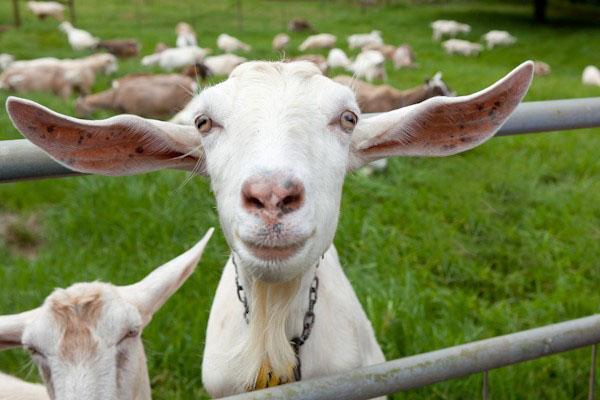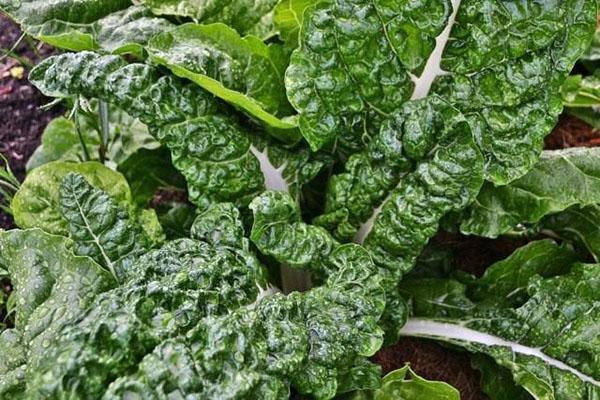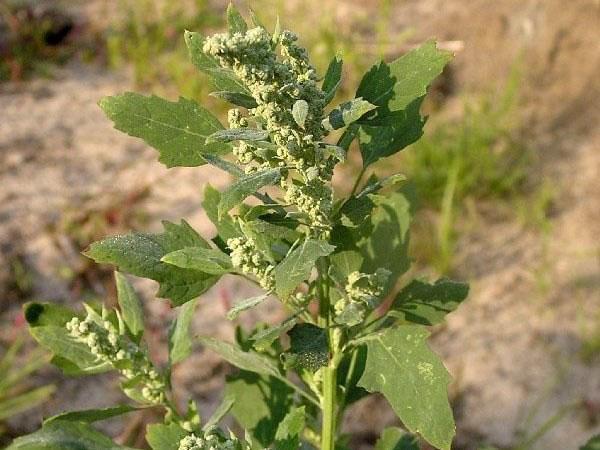Summer resident's calendar for July: chores at the farm
 Although the days in mid-summer are practically the longest of the year, for those keen on breeding livestock and poultry, they fly by unnoticed.
Although the days in mid-summer are practically the longest of the year, for those keen on breeding livestock and poultry, they fly by unnoticed.
July is the harvesting of fodder and bedding, as well as grazing, during which stalls, poultry houses and sheepfolds, goat's houses and rabbit cages need to be cleaned up. Beekeepers and owners of stocked ponds have a lot to do.
Harvesting feed in July

You can give the bird excess green onions. It is good when the planting of fruitful, juicy sugar and fodder beets, Swiss chard, lettuce is provided in the garden.
In addition to vegetables, the July menu of all residents of the courtyard includes plants recognized as weeds in the garden and vegetable garden.
In the shady corners of the site or behind the fence, there are sure to be thickets of nettles and wood lice. An excellent treat for poultry will be quinoa seeds and, as well as cut young shoots raspberries.
 Of course, it will not be possible to feed the livestock with garden supplies alone. Haymaking is in full swing in July. In parallel, you can prepare the seeds that have formed the plants of mouse peas, sweet clover, nettle. For the winter, brooms are stored from a young growth with still tender leaves. It is better to do this in the evening. Such branches dry better and contain more substances useful for animals and poultry. Drying is carried out under the sheds in the yard, making sure that the feed is not warmed up and does not fall under direct sunlight.
Of course, it will not be possible to feed the livestock with garden supplies alone. Haymaking is in full swing in July. In parallel, you can prepare the seeds that have formed the plants of mouse peas, sweet clover, nettle. For the winter, brooms are stored from a young growth with still tender leaves. It is better to do this in the evening. Such branches dry better and contain more substances useful for animals and poultry. Drying is carried out under the sheds in the yard, making sure that the feed is not warmed up and does not fall under direct sunlight.
Taking care of goats and sheep in July
 Such blanks will be especially useful if July is hot and dry. Summer pasture maintenance saves time and effort. But burnt-out, yellowed grass, without water, does not give aftertaste, does not contribute to milk production and weight gain.
Such blanks will be especially useful if July is hot and dry. Summer pasture maintenance saves time and effort. But burnt-out, yellowed grass, without water, does not give aftertaste, does not contribute to milk production and weight gain.
From poor pastures in the middle of summer, animals are sent back to stalls, and the ration is formed on the basis of cut grass and concentrates. Stable content is combined with walks.
Getting good green fodder, dairy goats provide hosts with excellent milk. July is the month of the greatest milk yields, but they can only be maintained with healthy animals. The delicate skin on the nipples in summer can crack, so before milking, the udder is not only washed, but also greased. At the end of milking, the nipples are washed again. If there are cracks, they are lubricated with a baby cream safe for the skin.
While the animals are on pasture or walking, they clean and repair barns and goat houses.
July troubles of breeders
 In the middle of summer, rabbit breeders are preparing cages for winter, repairing and insulating old ones, building new houses. Leaving the animals on the street or transferring them for the winter under a shed or in a shed depends on the purpose of growing, climatic and weather conditions.
In the middle of summer, rabbit breeders are preparing cages for winter, repairing and insulating old ones, building new houses. Leaving the animals on the street or transferring them for the winter under a shed or in a shed depends on the purpose of growing, climatic and weather conditions.
If a rabbits grown for meat, it is advisable to provide them with a roof. In this case, the animals require less energy and food to maintain heat, which means that the cost of obtaining products will be lower. For fur, on the contrary, the animals are kept in the air, which helps to improve the quality of the skin.
Rabbit cages are strengthened and insulated, and the floor underneath is arranged so that the removal of droppings is as fast and efficient as possible.
July: work in the poultry house
 Young poultry has long been independently foraging, spending a lot of time outdoors and does not need hourly care.
Young poultry has long been independently foraging, spending a lot of time outdoors and does not need hourly care.
Therefore, the poultry farmer has time to bring new bedding for the chicken coops to the farm. As it you can use peeled and crushed corn cobs, sunflower husks, coarse, washed and dried sand, dry leaves or fern. Store supplies under a roof in a ventilated dry area.
July at the apiary
 Flowering meadows and flower gardens - a space for beeswho are busy collecting the main bribe in July. In the presence of strong families, the beekeeper should regularly inspect their stocks. Surplus honey, provided it is ready, is immediately pumped out. Healing pollen is obtained and dried in the middle of summer.
Flowering meadows and flower gardens - a space for beeswho are busy collecting the main bribe in July. In the presence of strong families, the beekeeper should regularly inspect their stocks. Surplus honey, provided it is ready, is immediately pumped out. Healing pollen is obtained and dried in the middle of summer.
While worrying about collecting honey, do not forget about the health of the bee population. In July, there is a risk of contracting varroatosis carried by a parasitic mite. Although the disease is common, its danger cannot be underestimated. Without proper treatment, not only the volume of the bribe decreases, but also the mass death of pupae occurs.
In the last decade of July, measures are taken to prepare for uterine worming in the fall.
Fish care in July
 Fish farming is increasingly attracting owners of large and small land plots. In July, the fish farmer will have three main tasks;
Fish farming is increasingly attracting owners of large and small land plots. In July, the fish farmer will have three main tasks;
- feeding the inhabitants of the pond;
- control of aquatic vegetation;
- organization of shade on the surface of the reservoir.
In addition to specialized food, bloodworms will be the best treat for fish on summer days, as well as fly larvae, which are easily found in pig or cow dung. In the hot sun, in a reservoir, especially a small one, in July, aquatic vegetation actively reproduces and grows.
In order not to limit the living space of the fish, it is better to leave no more than a third of the mirror area under the grass.
On a sufficiently large pond, they arrange a shade with the help of a man-made island, for example, from a basin fixed on empty plastic bottles with screwed caps. Holes are made in the container, drainage is arranged, soil is poured and unpretentious moisture-loving annuals or coastal plants are planted. The island is connected to the shore by a cable.